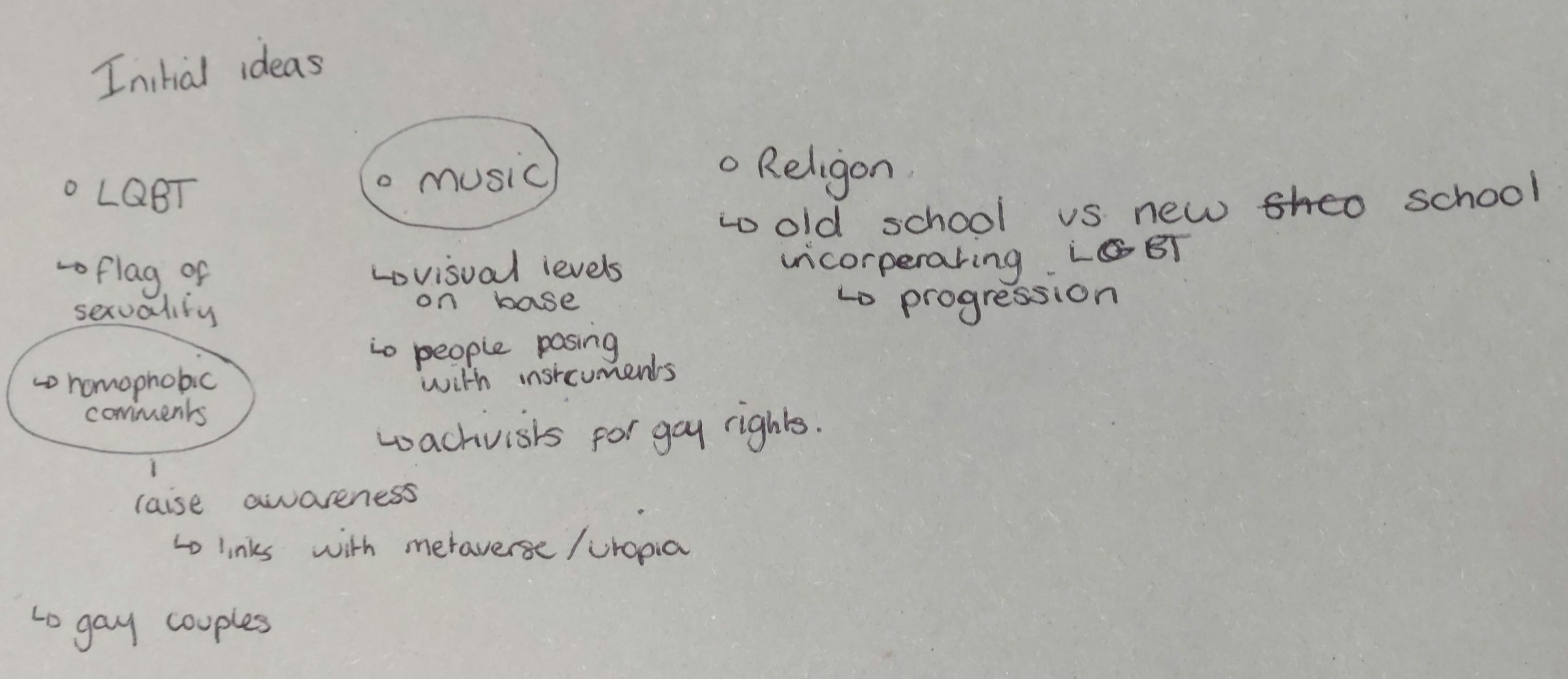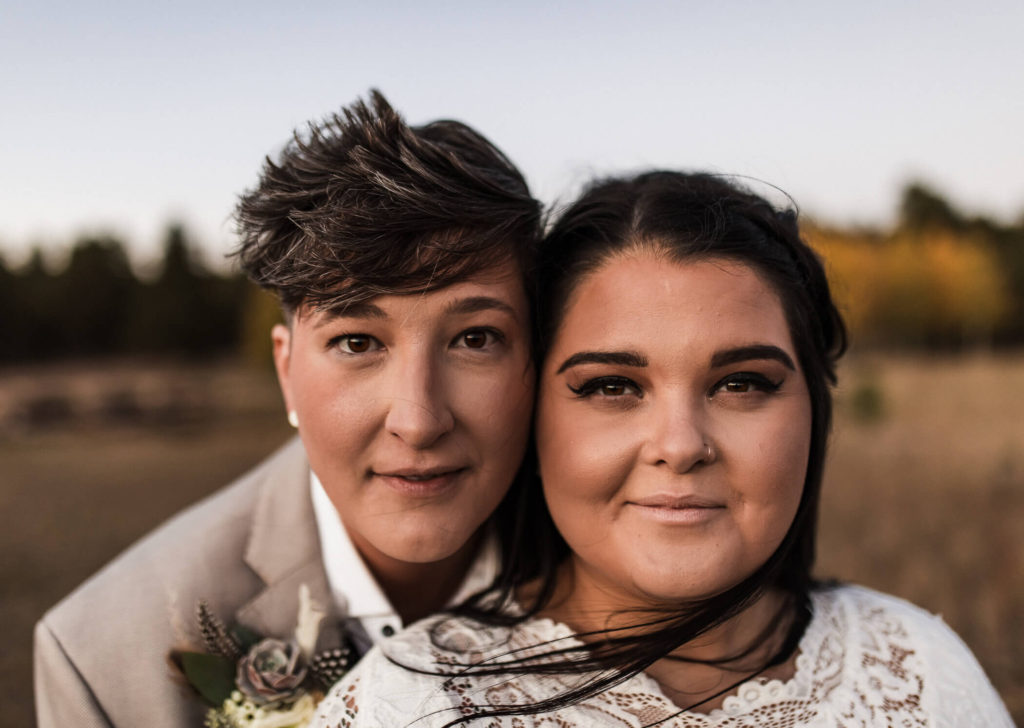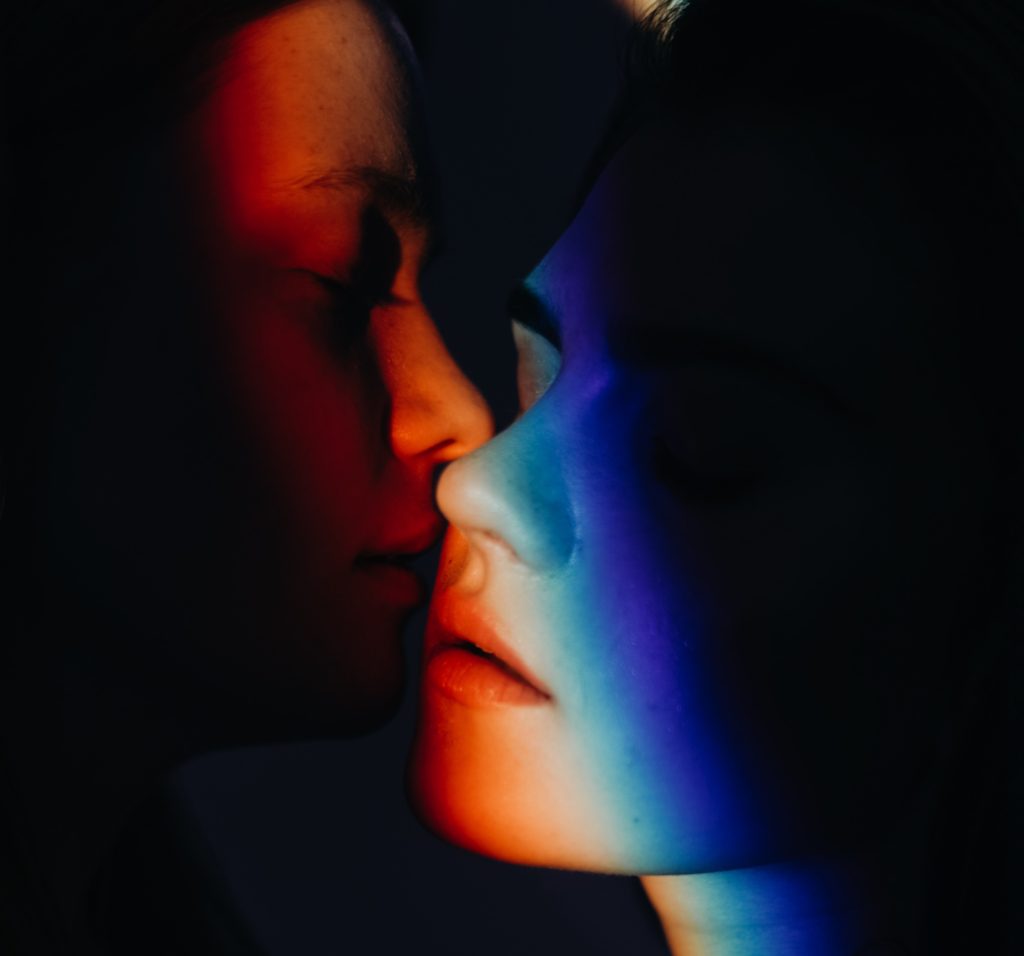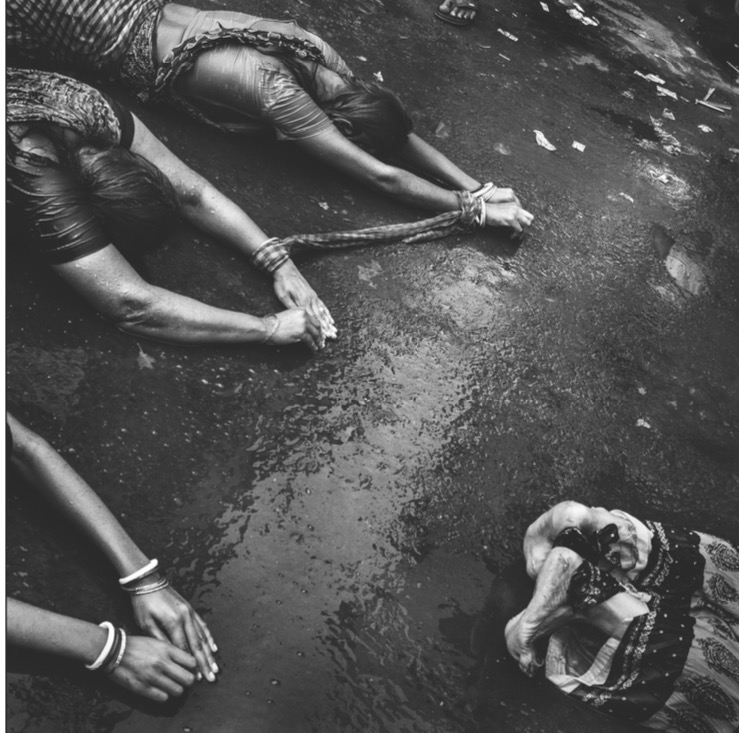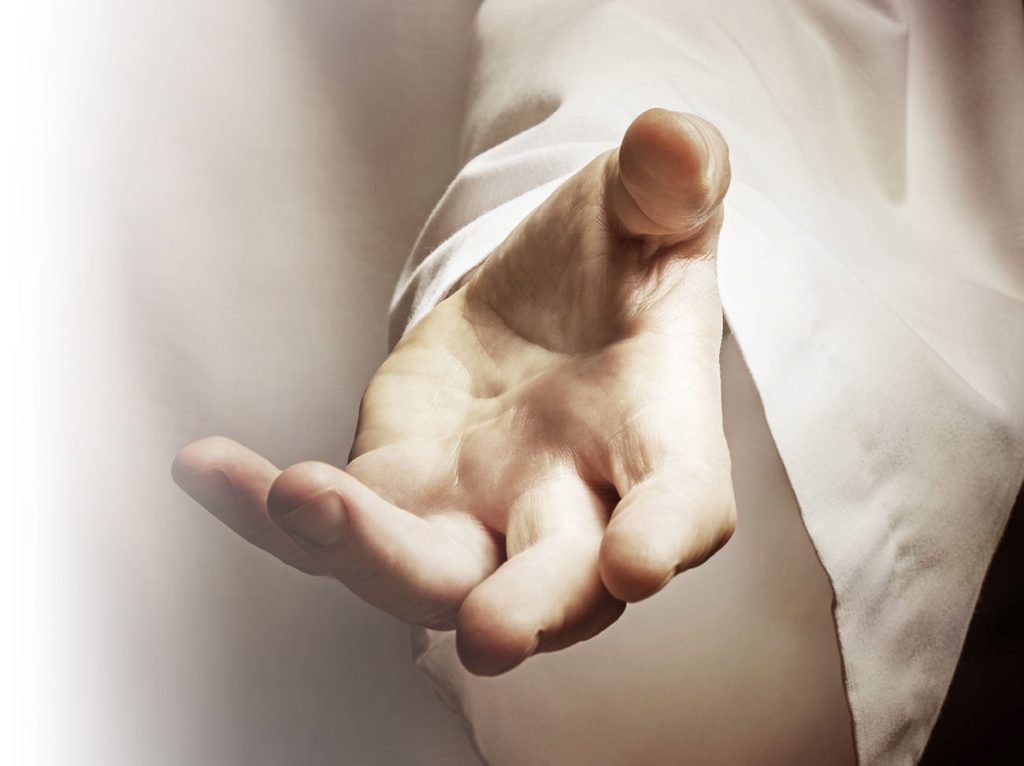This project will be based off of a central question, (below) and we will have to create a 30 second video and a still image in a group of 4. After, one of our creations will be minted as an NFT (non-fungible token) on the public Ethereum blockchain as part of the 2lives NFT exhibition based in Jersey.
What will the future of Jersey look like as a community in the metaverse?
The word “Metaverse” is made up of the prefix “meta” (meaning beyond) and the stem “verse” (a back-formation from “universe”); the term is typically used to describe the concept of a future iteration of the internet, made up of persistent, shared, 3D virtual spaces linked into a perceived virtual universe.
Mind Map
First, we got into groups of 4, to create a mind map about the different communities we related to/know of in Jersey.
The communities we thought of were mainly the hobbies we did out of school and subjects in school, such as, Online Community, sports communities, friend groups and the photography community.
Where as, other communities such as race, religion and gender we still wrote down as they are some of the biggest and most known communities in the world.
Mood Board
After we we made a mind map, we discussed what communities we thought we wanted to move forwards with for our project. So we chose the communities we were most involved with, they were the online world and the how its a different identity compared to in real life.
This ties in nicely with the 2lives exhibition and how we have an online presence which is different to our real life.
Since, the metaverse is virtual there is no limits. So we all thought it would look highly advanced and futuristic. There is a film called Ready Player One, which is what we think it will look like.
It is a dystopian world and people use a utopian metaverse to escape poverty and corruption. The concept of living two life’s; online and offline, is an idea which we liked, and relates to the exhibition name, 2lives.
STATEMENT OF INTENT
Together we are interpreting the theme of community as online and offline. And how we have bonded with people in person, but online they can be a totally different person. Also, online you can basically do whatever you want in a virtual world with anyone you want, where as in person you are limited to what’s around you. We plan to make a short film which visualises friends in real life and what changes when they go into the virtual world online.
CONCEPT: What will the future of Jersey look like as a community in the metaverse?
Describe in:
3 words – futuristic, modern, advanced
A sentence – St Helier will be a futuristic, modern, advanced world where people are living the perfect utopia life.
A paragraph – The community of St Helier would be idealised as a perfect utopian life in the metaverse. It would have futuristic, modern, and advanced qualities, as there is no limit to a virtual world. It would most likely to be sunny all the time, with flying cars and trains, with holograms everywhere. To people living in St Helier, and their community would mostly communicate online using screens, rather than in person as quality of life would be increased and the way of living would have changed.
CONTENT: How will you make your film?
Our 30-second film will be very visual, so we will be using mostly photo and video responses, video recordings, animation, analogue/ digital montages to create a story about the online and offline community of St Helier. The use of audio and sound effects would be impactful to exaggerate actions in the video, and possibly some loyalty free music. We plan to animate some parts of the video to represent the online world, where as the other half we plan to meet up and record some scenes based off the storyboard.

















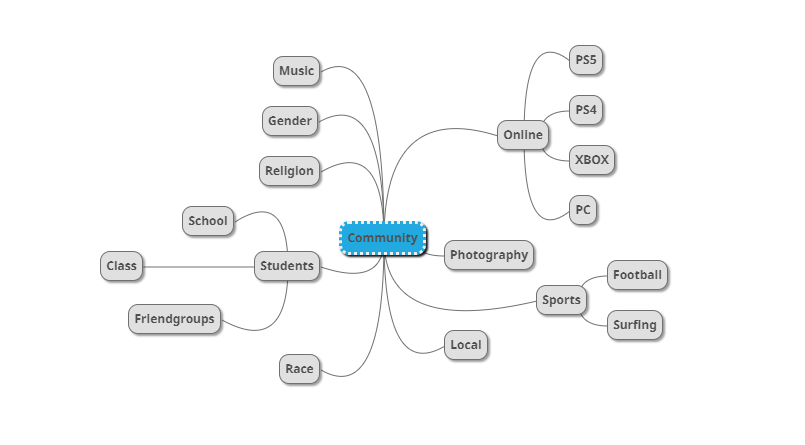


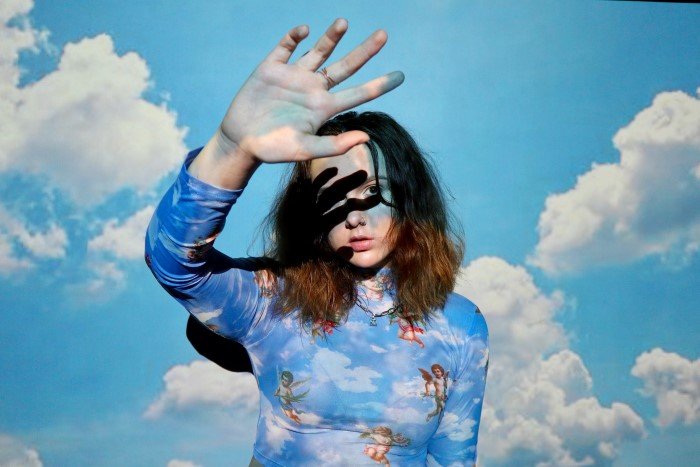
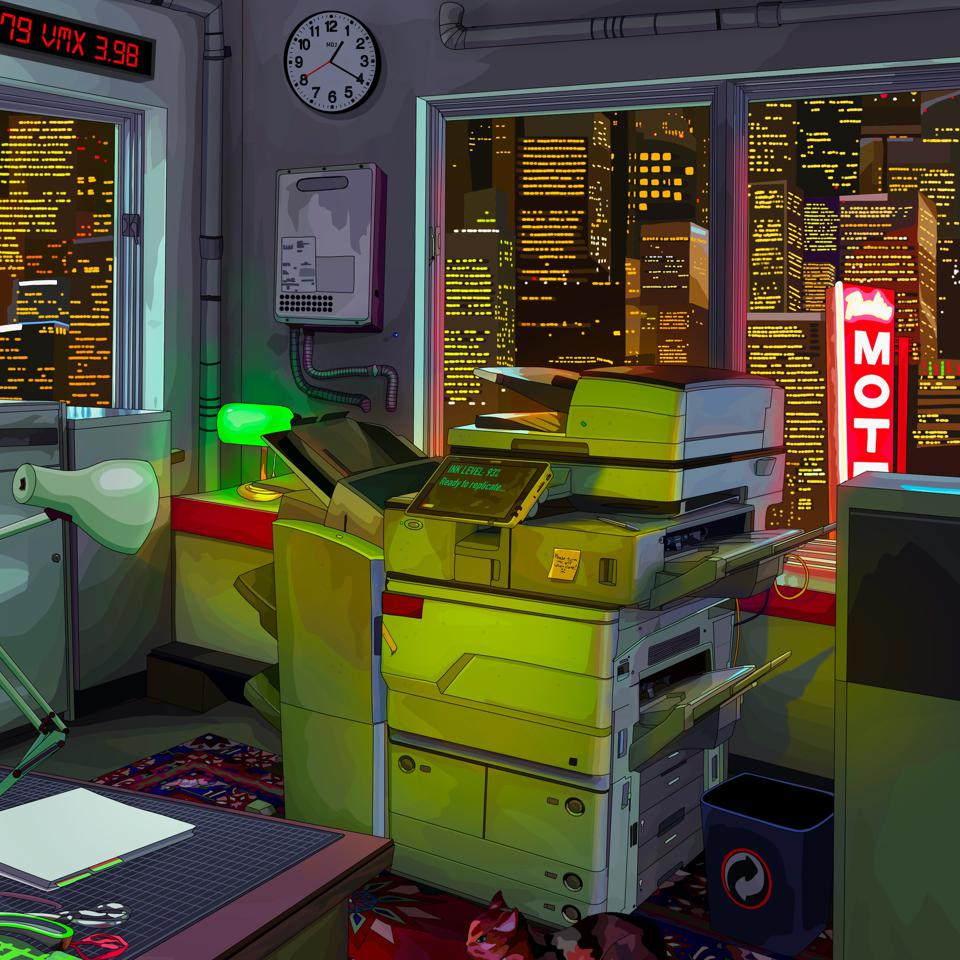





/cdn.vox-cdn.com/uploads/chorus_asset/file/22506332/cryptopunks_9_punks_larva_labs_nfts_at_christies_new_rvs_0409.jpg)

